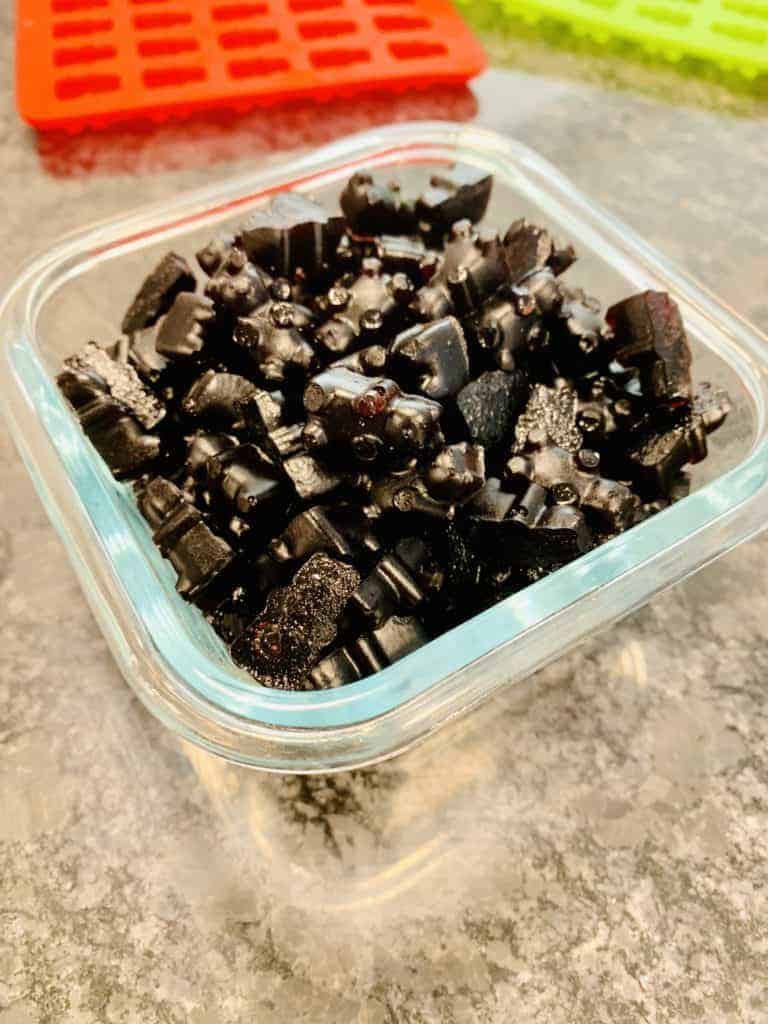Overactive bladder (OAB) is a common condition that impacts millions worldwide. It is characterized by a sudden urge to urinate that can be difficult to control. This condition causes inconvenience and can lead to embarrassment in social and professional environments. The unpredictability of OAB can significantly alter daily routines, affecting one’s quality of life and self-confidence. Exploring overactive bladder treatment options can be a crucial step in regaining control and improving life quality.
A thorough and accurate diagnosis is essential in identifying the right management and treatment strategies. It often involves a multifaceted approach, integrating lifestyle changes, dietary modifications, and medical treatments. By understanding the nature of OAB and learning about different strategies, individuals can start to regain confidence and take charge of their condition.
Dietary Adjustments: Foods To Avoid
Diet is a critical component in managing OAB symptoms. Certain foods and drinks can irritate the bladder, leading to increased frequency and urgency. Caffeine and alcohol, known diuretics, can exacerbate bladder hyperactivity. Similarly, spicy foods and artificial sweeteners may irritate, making symptom management even more challenging. Recognizing these dietary triggers is an important first step toward symptom relief.
Making strategic dietary adjustments can significantly enhance comfort and control over OAB. Reducing the irritant intake can help ease the symptoms, promoting a more stable bladder function. Implementing a dietary plan based on these guidelines can provide noticeable improvements.
Lifestyle Modifications: Creating A Routine
Beyond diet, lifestyle changes are integral to managing OAB effectively. Regular physical activity can strengthen pelvic floor muscles, which are crucial for bladder control. Exercises such as Kegels can specifically target these muscles, providing additional support to manage urgency and frequency. Moreover, planning and maintaining regular bathroom breaks can prevent accidents and reduce anxiety related to sudden urges.
Stress reduction techniques such as yoga and meditation can also improve bladder health. These practices help calm the nervous system, which in turn can alleviate symptoms. Establishing a routine that combines these strategies can result in a more enjoyable and less restricted lifestyle.
Navigating Medical Treatments
Understanding available overactive bladder treatment options is vital for managing this condition effectively. Options range from medications that relax bladder muscles to advanced therapies like neuromodulation. Each treatment comes with its own advantages and considerations, making it crucial to collaborate with healthcare professionals for personalized therapy plans.
Informed decision-making requires understanding each treatment option’s side effects and expected outcomes. Evaluating these factors with a healthcare provider ensures that the chosen methods align with personal needs and lifestyle.
Support Networks: Finding Your Community
Living with OAB can often be an isolating experience, but you don’t have to face it alone. Support networks provide invaluable emotional reassurance and practical advice. They offer a platform to share personal experiences, which can be liberating and empowering. Engaging with others who understand your struggles can foster a sense of empathy and community.
Online forums and local support groups can open channels for conversation, encouragement, and shared wisdom. These communities can help reduce isolation, offering comfort and camaraderie during challenging times. By joining such networks, individuals can gain new perspectives and coping strategies that enhance their management of OAB.
Monitoring Progress And Adjusting Strategies
Keeping track of your progress is a key component of managing OAB effectively. Regular medical check-ups, combined with self-assessment strategies like maintaining a bladder diary, can provide crucial insights into the effectiveness of treatment plans. This diary helps track urinary patterns, frequencies, and potential triggers, enabling more strategic adjustments to management approaches.
Consistently monitoring and evaluating your condition allows timely interventions and necessary treatment modifications. Being proactive and responsive to symptom fluctuations ensures that management strategies align with your evolving needs.
The Psychological Impact Of Living With OAB
The psychological effects of OAB can significantly impact emotional well-being. Anxiety about sudden urges and potential accidents can increase stress, further aggravating symptoms in a vicious cycle. Professional guidance and family and community support are essential in navigating these emotional challenges.
Taking steps to address mental health, like incorporating relaxation techniques and seeking therapy, can help mitigate the psychological burdens of living with OAB. Creating a holistic management plan that caters to physical and emotional aspects is crucial to fostering a balanced and fulfilling lifestyle.
Moving Forward: Embracing Lifestyle Changes
Proactively managing OAB involves embracing a combination of dietary alterations, lifestyle modifications, and informed medical decisions. By taking these steps, individuals can significantly improve their quality of life, minimizing the disruptions caused by OAB. Taking control of your health through these strategies can lead to a more liberated and confident daily existence, allowing you to engage more fully with life’s opportunities.




